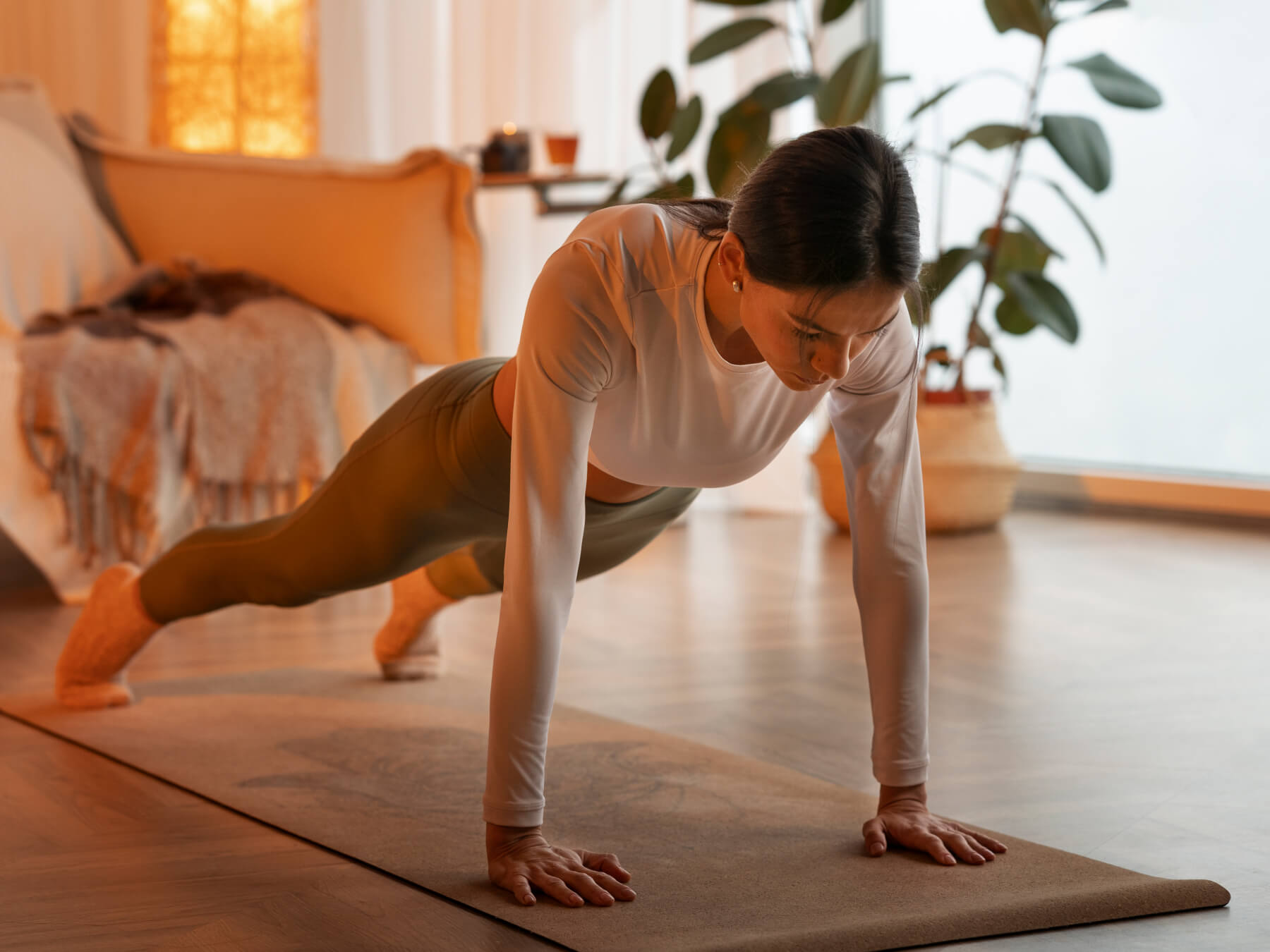© 2025 Euforia Digital, All rights reserved

Exercise for Relaxing the Pear-shaped Muscle and Relieving Tension in the Buttocks
The pear-shaped muscle, also known as the piriformis muscle, plays a crucial role in stabilizing the hip joint and rotating the thigh outward. However, due to factors such as prolonged sitting, overuse, or muscular imbalances, this muscle can become tight and tense, leading to discomfort and even pain in the buttocks and lower back.
Fortunately, there are exercises specifically designed to release tension and tightness from the pear-shaped muscle, promoting relaxation and alleviating discomfort. One such exercise is the post-isometric relaxation technique, which involves contracting the muscle followed by relaxation to enhance flexibility and reduce tension.
Here's how to perform the exercise:
Begin by lying on your back with your knees bent and feet flat on the floor.
Cross one ankle over the opposite knee, creating a figure-four shape with your legs.
Gently press the knee of the crossed leg away from your body, feeling a stretch in the buttocks and outer hip of the crossed leg.
Hold this stretch for 10-15 seconds, breathing deeply and allowing the tension to release.
After holding the stretch, engage the muscles around the hip by pushing the knee of the crossed leg into your hands or a stable object, such as a wall or door frame.
Hold this contraction for 5-10 seconds, exerting gentle pressure while maintaining a steady breath.
Release the contraction and relax the muscles completely, allowing the pear-shaped muscle to lengthen and release further.
Repeat this process 2-3 times on each side, focusing on the sensation of release and relaxation with each repetition.
By incorporating this post-isometric relaxation technique into your routine, you can effectively release tension and tightness from the pear-shaped muscle, promoting greater flexibility and comfort in the buttocks and hips. This exercise is particularly beneficial after intense physical exertion or before bedtime to help unwind and relax after a long day.
Remember to listen to your body and avoid pushing into pain or discomfort during the exercise. If you experience any sharp or intense pain, stop immediately and consult with a healthcare professional.
Prioritizing exercises like this one can contribute to improved mobility, reduced discomfort, and enhanced overall well-being, allowing you to move through life with greater ease and comfort.